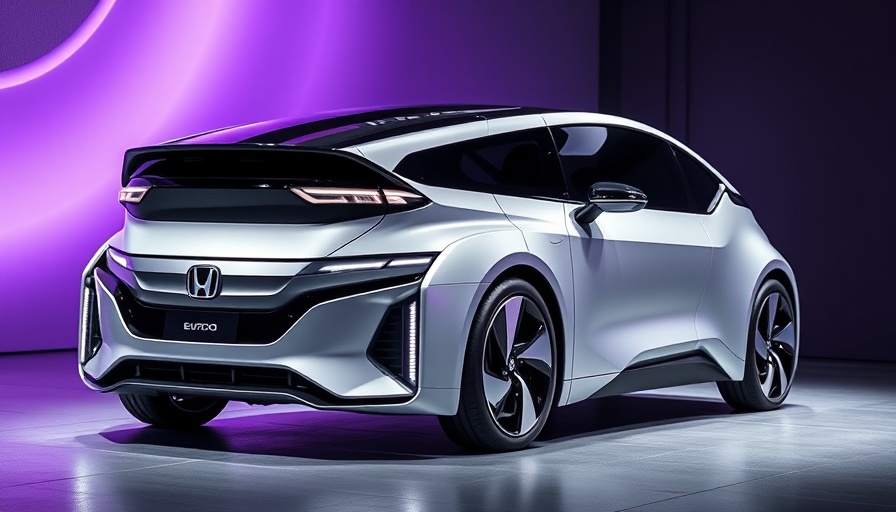
The Future of Hydrogen Technology in Transportation
Cummins recently introduced a groundbreaking turbocharger designed specifically for hydrogen combustion engines, known as the CCS H2 ICE. This innovation holds significant implications for the future of transportation, particularly in commercial vehicles. Hydrogen combustion engines work by burning hydrogen gas instead of traditional fossil fuels, making them a cleaner alternative. However, they come with unique challenges such as lower energy density, which necessitates enhancements in engine technology.
A New Era of Engine Efficiency
One of the most critical advancements in Cummins' new turbo design is its ability to manage higher airflow requirements while minimizing emissions. The turbocharger features a variable-geometry design, allowing it to adjust airflow on demand. This is crucial because hydrogen combustion engines have different performance needs than conventional engines, particularly with regards to nitrogen oxide (NOx) emissions. By improving airflow and turbo response times, these hydrogen engines can operate more efficiently while adhering to environmental standards.
Lessons from the Past: Emission Compliance
While Cummins has made strides toward cleaner technology, the company has faced scrutiny over its past emission practices, particularly relating to diesel engines. In 2024, Cummins agreed to a significant settlement for allegations of emissions cheating, underlining the importance of transparency and accountability in the rapidly evolving automotive industry. The CCS H2 ICE turbocharger represents a shift for Cummins, emphasizing better environmental compliance paired with technological advancement.
Hydrogen’s Growing Role in the Automotive Sector
As part of a broader industry trend, other companies like Bosch and Toyota are also investing in hydrogen combustion technologies, signaling a growing interest in hydrogen as a viable fuel alternative. Toyota is actively demonstrating hydrogen combustion while simultaneously exploring fuel-cell technologies. This multifaceted approach may provide insights into how hydrogen can fit within a diverse energy future for commercial vehicles.
Commercial Prospects and Infrastructure Challenges
Although Cummins is prioritizing European fleets initially, the potential for hydrogen combustion technology extends to markets like the U.S. However, this hinges on the development of supportive infrastructure, including fueling stations and distribution networks. The success of these technologies will depend not only on engineering advancements but also on widespread accessibility for commercial operators.
The cumulation of these factors enhances the relevance of hydrogen combustion engines in today's transportation landscape, particularly for e-bike dealers and distributors. As these segments evolve and adopt cleaner alternatives, understanding new technologies like Cummins' latest turbocharger will be essential for remaining competitive.
 Add Row
Add Row  Add
Add 




Write A Comment